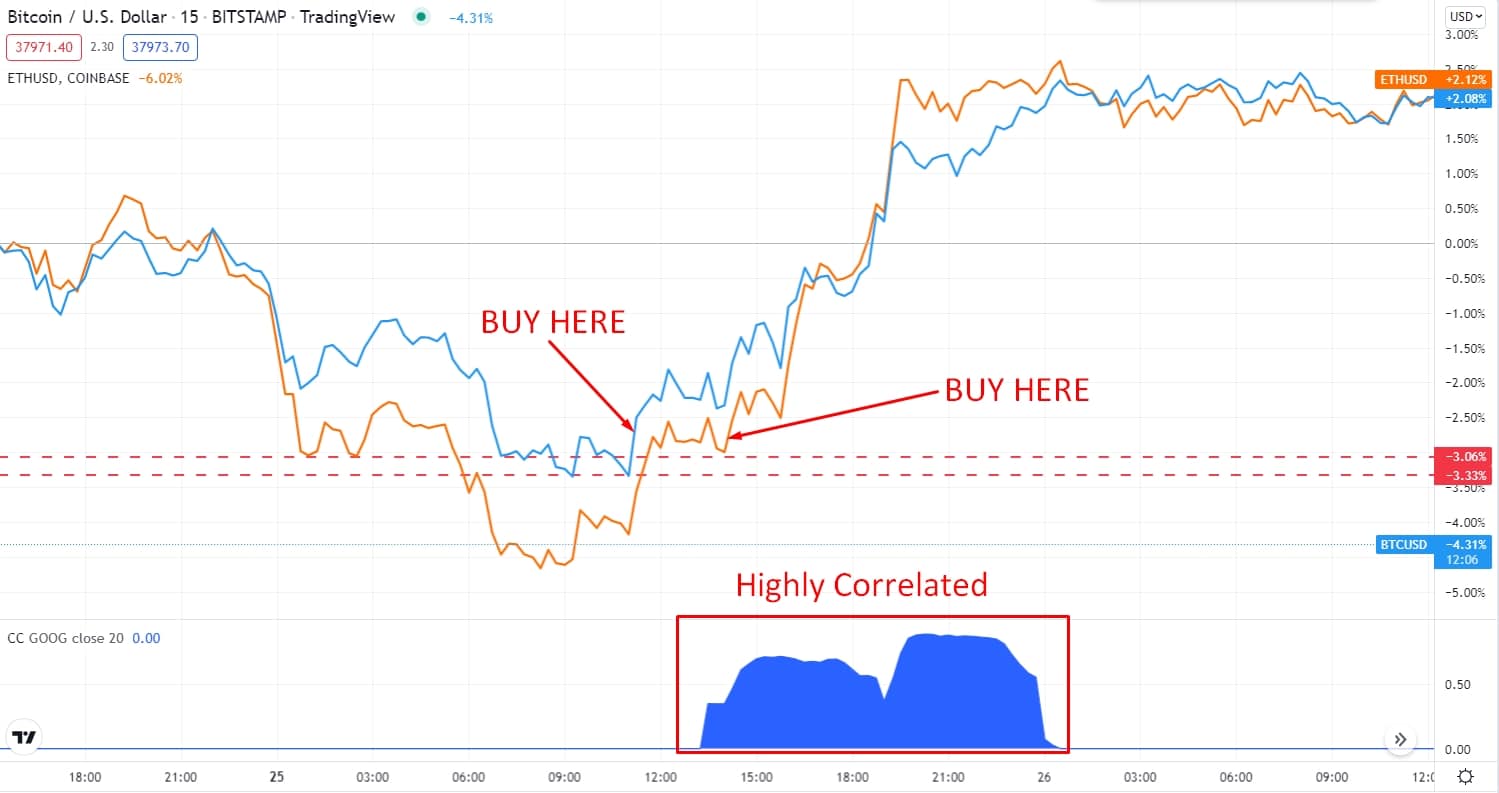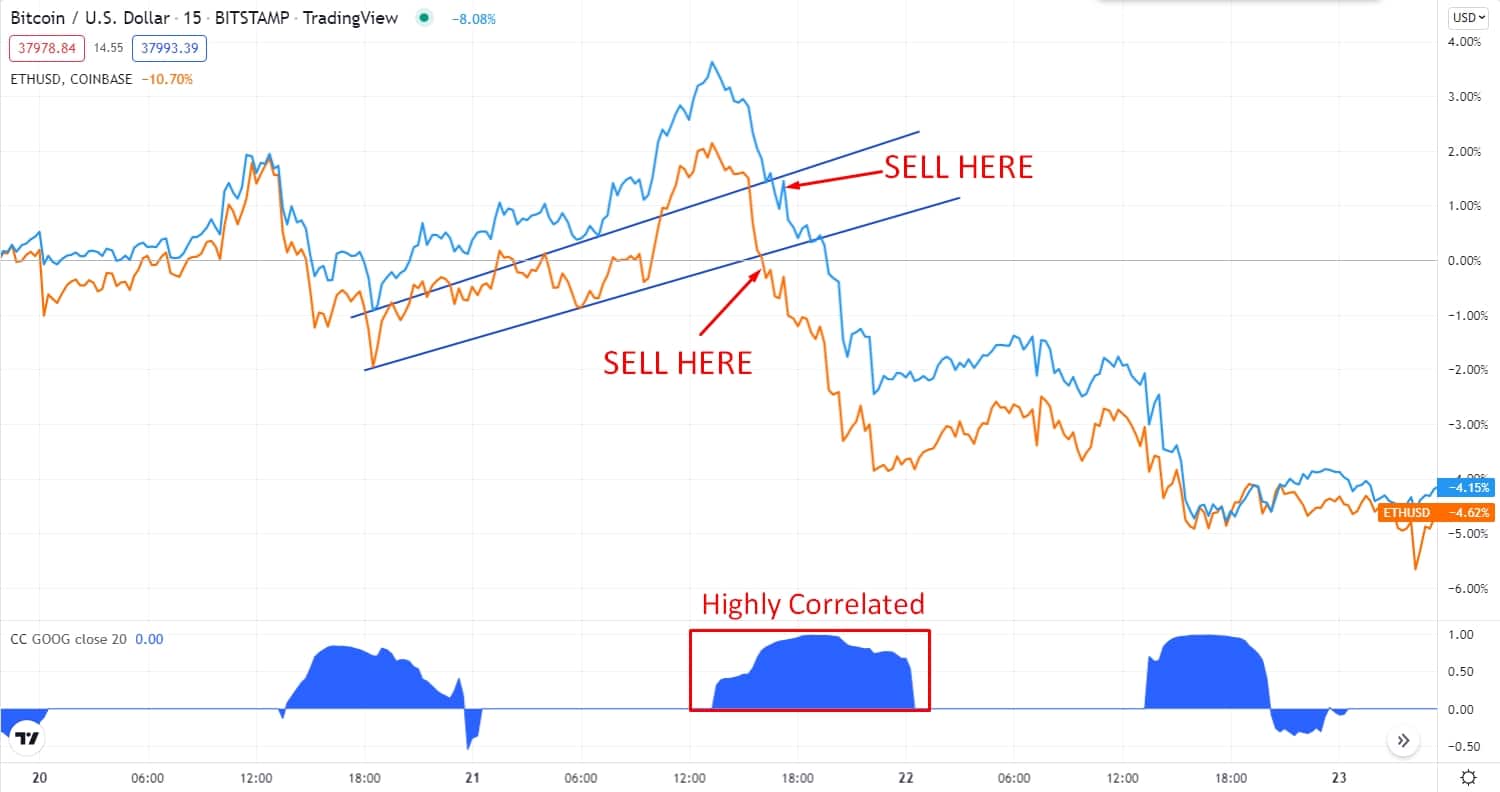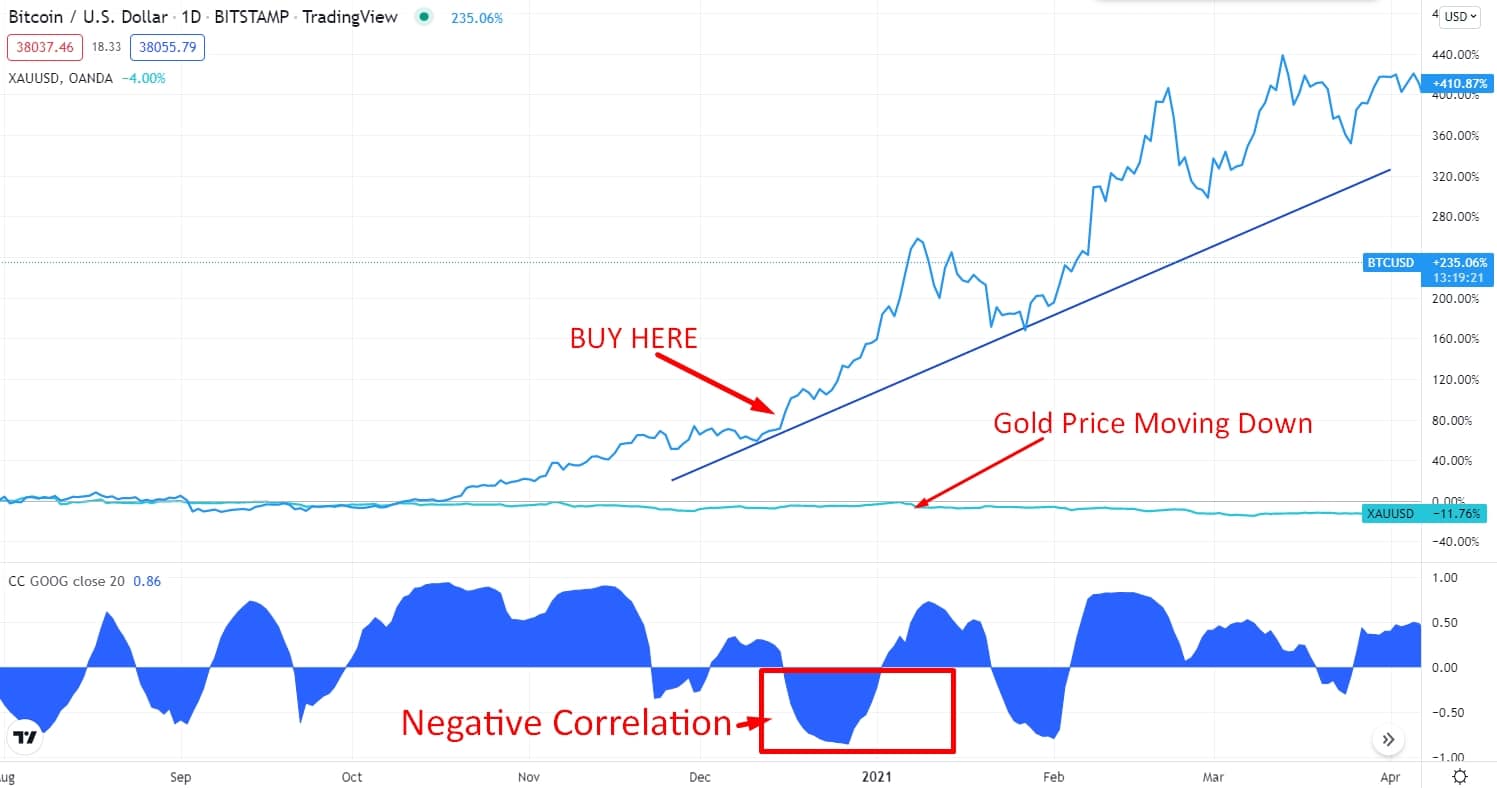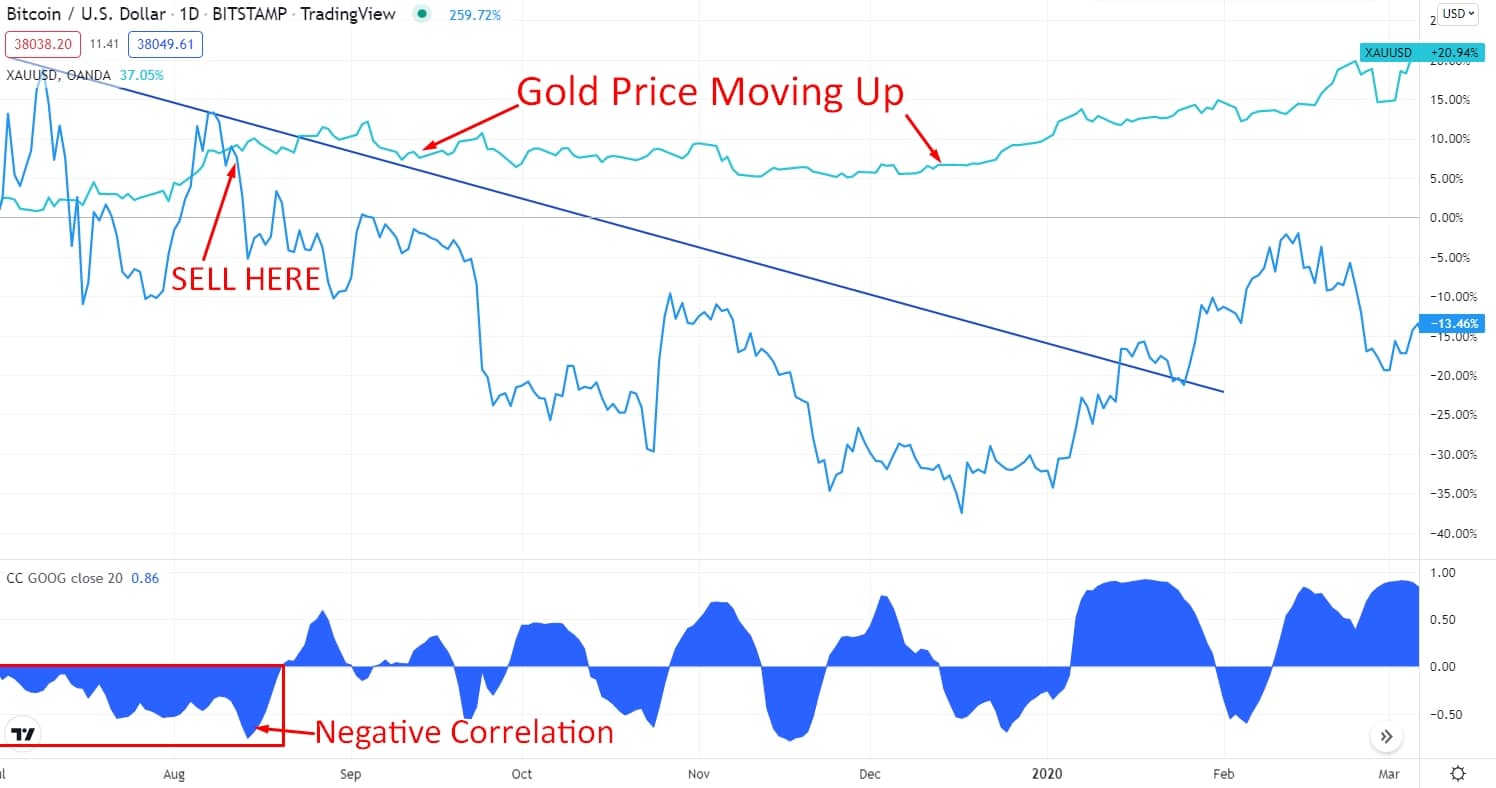Correlations amidst the prices of various assets in an investment portfolio evaluate the relationship and how much impact they may have on each other. Inside the conventional markets, portfolio managers exploit asset correlations to identify investment techniques.
It leaves a question on how cryptocurrencies are correlated to conventional assets. Since cryptos are comparatively new, there are numerous participating statements and theories on whether the strategy of correlation is beneficial between various cryptos or between other asset classes and cryptos.
The following section will see a crypto market correlation trading guide comprising exact trading systems for buying and selling.
What is correlation?
As mentioned above, portfolio managers in the conventional markets utilize asset class correlations to evaluate an investment method. Correlation coefficients set an analytical standard for simultaneousness between the prices of the assets. However, a correlation coefficient more significant than zero implies a positive correlation.
On the contrary, a negative coefficient is less than zero. A positive correlation occurs when two assets’ prices simultaneously move up or down. Also, a negative correlation implies that the prices of two assets are moving in contrariwise. However, investors get support from traversing through the assets based on their coefficients in balancing their portfolios and trying to perpetuate their growth through economic contractions.
How to trade using crypto market correlation in trading strategy?
Acknowledging the reaction of the various cryptos inside the market lets you enhance portfolios and lessen the beta to Bitcoin during downturns, along with preserving upside within an aggregated bullish run.
Moreover, reputed coins with larger market capitalization correlate higher to Bitcoin in the overall market cycle, accompanying lower volatility. Simultaneously, low-mid cap coins are known as high-risk, high-reward investment tools throughout bull markets, but they acutely collapse due to the changes in the market sentiment.
However, the effective portfolio would perhaps re-balance intermittently between mid-cap and high-cap coins, measured by a market sentiment benchmark. Also, hedging several exposures by shorting Bitcoin to develop synthetic altcoin/Bitcoin pairs.
A short-term trading strategy
This trading strategy has been developed based on the positive correlations of the market. Moreover, we add the correlation coefficient indicator to the chart, which is one of the best indicators for understanding the market’s correlation behavior. This trading strategy will see how the Bitcoin price correlates with the Ethereum price. However, this strategy will apply to the M5 and M15 time frames.
Bullish trade scenario

Entry
Look for a buy entry when the Bitcoin’s price moves upwards after bouncing from the support level or breaking above the bearish trend line. Besides, the Ethereum price follows the same direction as Bitcoin and the correlation coefficient indicator indicates a high correlation between BTC and ETH.
Stop-loss
Your stop-loss order should be placed below the last swing level with at least a 5-10 pips buffer.
Take profit
Take the profit by calculating at least a 1:3 risk/reward ratio. Or else, you can take the profit when the correlation coefficient indicator indicates a negative correlation.
Bearish trade scenario

Entry
Look for a sell entry when the Bitcoin’s price moves down after rejecting from the resistance level or breaking below the bullish trend line. Besides, the Ethereum price follows the same direction as Bitcoin and the correlation coefficient indicator indicates a high correlation between BTC and ETH.
Stop-loss
Your stop-loss order should be placed above the last swing level with at least a 5-10 pips buffer.
Take profit
Take the profit by calculating at least a 1:3 risk/reward ratio. Or else, you can take the profit when the correlation coefficient indicator indicates a negative correlation.
A long-term trading strategy
A long-term crypto market correlation trading strategy has been built based on the market’s negative correlation. Moreover, we are going to add the same correlation coefficient indicator to the chart to identify the negative correlations of the market. In this trading strategy, we will see how the Bitcoin price negatively correlates with the Gold price. However, this strategy will apply to the H4 and D1 time frames.
Bullish trade scenario

Entry
Look for a buy entry when the Gold’s price continues to the downside after dropping below the Bitcoin line chart. Besides, the correlation coefficient indicator indicates a negative correlation.
Stop-loss
Place the stop loss order below the last swing level with at least a 10-15 pips buffer.
Take profit
Take the profit by calculating at least a 1:3 risk/reward ratio.
Bearish trade scenario

Entry
Look for a sell entry when the Gold’s price continues to the upside after climbing above the Bitcoin line chart. Besides, the correlation coefficient indicator indicates a negative correlation.
Stop-loss
Place the stop-loss order above the last swing level with at least a 10-15 pips buffer.
Take profit
Take the profit by calculating at least a 1:3 risk/reward ratio.
Pros & cons
| Pros | Cons |
|
|
|
|
|
|
Final thoughts
To conclude, correlations in asset classes are significant only to the extent that they support analysts in achieving the equation of a well-balanced portfolio. The portfolio may stand up to economic cycles accompanying market movements to earn constant returns.
Although they are not easy to get as an asset, they can negatively correlate to their more excellent economic factors one moment and turn out to be positive the next moment. However, since the crypto and asset class keep maturing, their positive or negative correlation to more conventional asset classes may become more evident.




